Cluster My Plants In Warm Weather And Summer
Cluster My Plants
Clustering plants is a climate-smart strategy that transforms summer gardening into a system of mutual protection and ecological efficiency. In warm weather, plants face intense sun exposure, rapid moisture loss, and increased stress from heat and wind. Clustering helps mitigate these effects by creating shade, conserving water, and stabilizing microclimates. This method mimics natural ecosystems, where plants grow in communities rather than isolation. It allows taller species to shield smaller ones, and overlapping foliage reduces evaporation. Clusters also support pollinator navigation, biodiversity, and soil health. The garden becomes a cooperative network rather than a scattered collection. Clustering simplifies maintenance, enhances visual density, and supports inclusive access. It reduces the need for artificial shading, excessive watering, and chemical intervention. In summer, when conditions are harsh, clustering becomes a form of resilience.
Microclimates Reduce Heat Stress
Clusters create localized environments that buffer plants from extreme temperatures. Dense foliage provides shade to surrounding soil and roots. This reduces surface heat and slows evaporation. Plants in clusters share humidity through transpiration. The collective canopy lowers ambient temperature. Microclimates mimic forest understories, where shade and moisture are preserved. In summer, this protection becomes essential for heat-sensitive species. Clusters reduce exposure to direct sun during peak hours. Soil remains cooler and more stable under grouped plants. The garden becomes a patchwork of temperature zones. This supports species diversity and seasonal adaptation. Microclimates also reduce wind exposure, preventing desiccation. The structure becomes a passive cooling system. Clustering is not just spatial—it is thermal logic. Plants thrive when their environment is buffered and balanced.
| Microclimate Feature | Benefit In Clusters |
|---|---|
| Shade Coverage | Reduces Soil And Root Heat |
| Humidity Retention | Shared Transpiration Zones |
| Wind Protection | Reduced Desiccation |
| Temperature Buffering | Stable Ambient Conditions |
Microclimates
Moisture Conservation Is Natural And Efficient
Clustering helps retain soil moisture by reducing exposed surface areaexpecially in syummer or warm weather. Leaves shade the ground, slowing evaporation. Root systems overlap, creating shared hydration zones. Watering becomes more efficient when plants are grouped. Mulch is more effective under dense foliage. Clusters reduce runoff during irrigation or rain. Soil remains moist longer between watering cycles. This reduces water usage and supports sustainability. In summer, when evaporation rates are high, clustering becomes a water-saving strategy. Plants in clusters also benefit from mutual shading. The garden becomes a sponge rather than a sieve. Moisture sensors show higher retention in clustered zones. This supports drought-tolerant planting schemes. Clustering aligns with ecological water logic. It turns the garden into a moisture-resilient system.
| Moisture Factor | Cluster Advantage |
|---|---|
| Evaporation Rate | Lower Under Dense Foliage |
| Water Efficiency | Shared Hydration Zones |
| Mulch Performance | Improved Retention |
| Drought Resilience | Higher Soil Moisture Levels |
Shade sharing protects delicate species
Clustering allows taller plants to shield smaller or shade-loving varieties. This layered protection reduces sunburn and heat stress during peak summer hours. Broad-leafed plants act as natural umbrellas, casting shade over sensitive companions. Shade sharing mimics forest ecosystems, where canopy species protect understory growth. The arrangement supports biodiversity by accommodating different light requirements. Smaller plants thrive under partial cover, avoiding direct exposure. Soil temperature remains cooler beneath dense foliage. Shade reduces water loss and supports root stability. The garden becomes a stratified system of light and shelter. This structure eliminates the need for artificial shading devices. Shade sharing also supports staggered growth rates. Plants grow in harmony rather than competition. The layout becomes a living scaffold of protection. Clustering transforms light into a shared resource. Delicate species survive and flourish under this cooperative design.
| Shade Feature | Cluster Benefit |
|---|---|
| Sunburn Prevention | Reduced direct exposure |
| Soil Cooling | Lower root zone temperature |
| Light Stratification | Layered access for all sizes |
| Shelter Efficiency | Natural shade from neighbors |

Biodiversity thrives in clustered arrangements
Clustering supports the coexistence of multiple species in close proximity. This diversity mimics natural plant communities found in meadows and forests. Different root depths reduce competition for nutrients. Leaf shapes and heights vary, creating layered access to light. Pollinators benefit from a variety of nectar sources in one zone. Pest resistance improves when species are intermingled. Clusters confuse monoculture-dependent insects and pathogens. Soil health improves with varied organic inputs from different plants. Beneficial microbes flourish in biodiverse root zones. The garden becomes a dynamic ecosystem rather than a static grid. Biodiversity supports resilience during heatwaves and droughts. Clustering allows for companion planting strategies. Visual interest increases with mixed textures and colors. The system becomes both functional and expressive. Diversity is not just aesthetic—it is ecological strength.
| Biodiversity Feature | Cluster Advantage |
|---|---|
| Root Variation | Reduced nutrient competition |
| Pest Resistance | Confused monoculture pests |
| Pollinator Support | Multiple nectar sources |
| Soil Enrichment | Varied organic contributions |
Maintenance becomes more intuitive and efficient
Clustering simplifies garden care by grouping plants with similar needs. Watering becomes more efficient when plants share hydration zones. Fertilizer can be applied uniformly across clusters. Pruning is easier when plants are visually grouped. Pest monitoring becomes localized and focused. Clusters reduce the need to move between scattered zones. Mulching is more effective under dense foliage. Weeding is minimized due to reduced open soil. Maintenance routines become rhythmic and predictable. The garden becomes easier to navigate and manage. Clustering supports batch care strategies. Seasonal transitions are easier to plan within grouped zones. Maintenance logs can be organized by cluster. The system supports intuitive learning for new gardeners. Efficiency increases without sacrificing ecological integrity.
| Maintenance Feature | Cluster Benefit |
|---|---|
| Watering | Shared hydration zones |
| Fertilizing | Uniform nutrient application |
| Pest Monitoring | Localized inspection |
| Weeding | Reduced open soil |
Visual density enhances emotional impact
Clusters create a lush, immersive garden experience. Dense planting increases the visual richness of each zone. The garden feels full, intentional, and alive. Color palettes become more vibrant when plants are grouped. Texture variation becomes more noticeable in close proximity. Clustering supports layered compositions of height and form. The garden becomes a three-dimensional canvas. Emotional engagement increases with visual abundance. Visitors respond to the sense of care and design. Clusters create focal points that guide the eye. The layout supports photographic documentation and storytelling. Visual density mirrors editorial formatting—each cluster becomes a paragraph. The garden becomes a symbolic space of growth and connection. Clustering transforms aesthetics into emotional resonance. Beauty becomes a function of structure.
| Visual Feature | Cluster Benefit |
|---|---|
| Color Saturation | Enhanced vibrancy |
| Texture Contrast | Layered visual interest |
| Spatial Rhythm | Guided focal points |
| Emotional Response | Sense of care and abundance |
Seasonal transitions become smoother and more intuitive
Clustering supports gradual seasonal shifts by creating buffered zones of temperature and moisture. In summer, dense foliage protects soil from drying too quickly. As autumn approaches, clusters retain warmth longer than isolated plants. This thermal inertia supports late-season crops and extended harvests. Spring seedlings benefit from the shelter of established clusters. The garden transitions in layers rather than abrupt shifts. Clustering allows for staggered planting and harvesting schedules. Plants acclimate more easily when surrounded by stable companions. Seasonal covers and shade cloths are easier to apply over grouped zones. The garden becomes a responsive system rather than a reactive one. Clusters support micro-adjustments in watering and fertilizing. Seasonal pests are easier to monitor in localized zones. The structure supports year-round planning and experimentation. Transitions become part of the rhythm, not a disruption. Clustering turns seasonal change into a modular design opportunity.
| Seasonal Feature | Cluster Benefit |
|---|---|
| Thermal Stability | Retains warmth in shoulder seasons |
| Plant Acclimation | Easier adjustment to new conditions |
| Harvest Extension | Supports late-season productivity |
| Cover Application | Simplified protection strategies |
Clustering supports inclusive and accessible gardening
Grouped plants create ergonomic zones that reduce physical strain. Clusters allow for seated gardening and reduced movement between tasks. Raised cluster beds support gardeners with mobility limitations. Maintenance becomes more intuitive and less physically demanding. Visual grouping helps neurodiverse gardeners navigate the space. Clustering supports sensory engagement through texture, scent, and color. The garden becomes a multisensory experience rather than a chore. Inclusive design is built into the structure, not added later. Clusters allow for adaptive tools and workflows. The layout supports collaborative gardening and shared care. Children and elders benefit from the clarity of grouped zones. Clustering reduces decision fatigue and increases emotional connection. The garden becomes a space of participation and belonging. Accessibility is not just physical—it is cognitive and emotional. Clustering turns gardening into a shared language.
| Accessibility Feature | Cluster Benefit |
|---|---|
| Ergonomic Layout | Reduced movement and strain |
| Sensory Engagement | Rich textures and scents |
| Cognitive Clarity | Visual grouping aids focus |
| Collaborative Design | Supports shared participation |
Root systems become more cooperative and efficient
Clustering encourages root systems to grow in overlapping zones. This overlap allows plants to share moisture and nutrients more effectively. Mycorrhizal fungi can spread more easily between clustered roots. These fungal networks enhance nutrient uptake and soil communication. Plants in clusters often develop complementary root depths. Deep-rooted species draw moisture from below, while shallow-rooted ones access surface nutrients. This vertical layering reduces competition and increases efficiency. Soil structure improves with consistent root activity across zones. Clustering supports root pruning and natural aeration. The garden becomes a cooperative underground network. Root health improves through shared microbial activity. Plants stabilize each other during wind or heavy rain. Root-bound stress is reduced in clustered layouts. The system becomes more resilient to drought and compaction. Clustering turns the soil into a shared infrastructure.
| Root Feature | Cluster Benefit |
|---|---|
| Nutrient Uptake | Shared fungal networks |
| Moisture Access | Complementary root depths |
| Soil Structure | Continuous root activity |
| Wind Stability | Interlocking root systems |
Pest management becomes more balanced and ecological
Clustering supports natural pest control through biodiversity and spatial logic. Mixed plantings confuse pests that rely on monoculture cues. Aromatic herbs in clusters deter common insects. Predatory insects thrive in dense, diverse environments. Clustering reduces the need for chemical pesticides. Pest outbreaks are easier to isolate in defined zones. Companion plants can be placed strategically within clusters. Visual scanning becomes more efficient in grouped layouts. Clusters support habitat for beneficial insects like ladybugs and lacewings. The garden becomes a balanced ecosystem rather than a battleground. Pest pressure is diffused across species and space. Clustering supports integrated pest management strategies. Plants recover faster when protected by neighbors. The system becomes self-regulating over time. Pest control becomes a function of structure.
| Pest Control Feature | Cluster Benefit |
|---|---|
| Insect Confusion | Mixed species camouflage |
| Beneficial Insects | Habitat for predators |
| Outbreak Containment | Localized monitoring |
| Chemical Reduction | Natural deterrents |
Companion planting becomes more dynamic and layered
Clustering enhances the effectiveness of companion planting. Plants that benefit each other can be grouped with precision. Basil can be nestled among tomatoes to deter pests. Marigolds can ring a cluster to repel nematodes. Clusters allow for vertical and horizontal companion strategies. Light, scent, and root interactions are optimized in close proximity. Companion plants support pollination, pest control, and nutrient cycling. The garden becomes a cooperative guild rather than isolated units. Clustering allows for experimentation with new combinations. Results are easier to observe in defined zones. Companion planting becomes a modular design tool. Clusters support both functional and symbolic pairings. The system becomes more expressive and adaptive. Companion logic becomes part of the visual rhythm. Clustering turns planting into choreography.
| Companion Feature | Cluster Benefit |
|---|---|
| Pest Deterrence | Strategic herb placement |
| Pollination Support | Layered bloom timing |
| Nutrient Sharing | Root zone cooperation |
| Visual Harmony | Symbolic plant pairings |

Wind protection is naturally built into the layout
Clusters act as windbreaks for each other. Dense foliage reduces wind speed at ground level. This protects delicate stems and flowers from damage. Soil erosion is minimized by reduced surface exposure. Wind stress is distributed across the group rather than isolated plants. Taller species shield shorter ones from gusts. The garden becomes a buffered zone rather than an exposed field. Clustering supports upright growth and stem strength. Plants sway together rather than snapping alone. Wind chill is reduced in shaded, clustered zones. Seedlings establish more easily in protected pockets. Clusters reduce the need for artificial wind barriers. The layout becomes a passive defense system. Wind becomes a manageable element, not a threat. Clustering turns exposure into resilience.
| Wind Feature | Cluster Benefit |
|---|---|
| Stem Protection | Reduced direct impact |
| Soil Stability | Lower erosion risk |
| Growth Support | Shared structural buffering |
| Chill Reduction | Warmer microzones |
Fertility cycles become more regenerative
Clustering supports nutrient cycling through shared organic matter. Fallen leaves and petals decompose more efficiently in dense zones. Soil microbes thrive in consistent, shaded environments. Compost and mulch are more effective when applied to grouped plants. Nutrient-rich zones develop naturally under clusters. Fertility becomes a self-reinforcing cycle. Plants feed the soil, and the soil feeds the plants. Clustering supports green manure and cover cropping strategies. Decomposition rates increase with higher biomass density. Fertility inputs can be localized and targeted. The garden becomes a regenerative loop rather than a linear system. Clustering reduces the need for synthetic fertilizers. Soil tests show higher organic matter in clustered beds. Nutrient availability becomes more stable over time. The system becomes a living compost engine.
| Fertility Feature | Cluster Benefit |
|---|---|
| Organic Matter | Faster decomposition |
| Microbial Activity | Stable, shaded environments |
| Nutrient Cycling | Self-reinforcing loops |
| Fertilizer Efficiency | Localized application |
Harvesting becomes more rhythmic and rewarding
Clusters create intuitive zones for harvesting. Plants mature together in shared microclimates. This supports batch harvesting and reduces time spent searching. Visual cues are stronger in grouped layouts. Ripe fruit is easier to spot against dense foliage. Clustering supports ergonomic access and tool use. Harvest baskets can be placed beside defined zones. The garden becomes a series of harvest-ready pockets. Clusters allow for staggered picking based on sun exposure. Yield tracking becomes more organized. Harvesting becomes a meditative, rhythmic process. The structure supports inclusive participation and shared tasks. Clustering reduces crop loss due to missed timing. The garden becomes a space of abundance and clarity. Harvesting becomes a celebration of structure.
| Harvest Feature | Cluster Benefit |
|---|---|
| Ripeness Visibility | Stronger visual contrast |
| Batch Picking | Synchronized maturity |
| Ergonomic Access | Defined harvest zones |
| Yield Tracking | Organized by cluster |
Emotional connection deepens through spatial intimacy
Clustering creates a sense of closeness between plants and people. The garden feels more alive when plants are densely arranged. Walking through clusters becomes an immersive experience. Scent, texture, and sound are amplified in tight spaces. The layout invites touch, observation, and reflection. Clusters feel like communities rather than specimens. Emotional engagement increases with spatial intimacy. The garden becomes a place of presence and attention. Clustering supports storytelling and symbolic meaning. Each group becomes a living metaphor. The structure mirrors human relationships—interdependent, layered, and adaptive. Clustering reduces visual noise and increases focus. The garden becomes a sanctuary of connection. Emotional well-being improves through sensory richness. Clustering turns gardening into a relational act.
| Emotional Feature | Cluster Benefit |
|---|---|
| Sensory Immersion | Amplified scent and texture |
| Symbolic Meaning | Living metaphors |
| Presence and Focus | Reduced visual clutter |
| Relational Design | Interconnected plant zones |
Light distribution becomes more layered and adaptive
Clustering allows plants to share and filter light across multiple levels. Taller species intercept harsh midday sun, softening exposure for those below. Leaf density creates dappled light patterns that mimic forest canopies. This layered distribution reduces leaf scorch and supports photosensitive species. Plants adapt to their light niche within the cluster. Shade-tolerant herbs thrive beneath broad-leafed vegetables. Light-loving flowers reach upward through gaps in the canopy. The garden becomes a dynamic light ecosystem. Seasonal sun angles are buffered by the structure. Clustering reduces the need for artificial shading or repositioning. Photosynthesis becomes more consistent across the day. Light stress is minimized through spatial cooperation. Visual contrast increases with layered brightness. The system supports both growth and aesthetic rhythm. Clustering turns sunlight into a shared resource.
| Light Feature | Cluster Benefit |
|---|---|
| Scorch Prevention | Filtered midday exposure |
| Niche Adaptation | Layered light access |
| Seasonal Buffering | Reduced angle extremes |
| Visual Contrast | Dappled brightness zones |
Scent layering enhances pollination and sensory experience
Clustering intensifies the aromatic profile of the garden. Grouped herbs release stronger scent trails that attract pollinators. Layered scents create a multisensory experience for visitors. Bees and butterflies follow scent gradients across clusters. Aromatic diversity supports longer pollinator visits. Scent layering also deters certain pests. Basil, mint, and rosemary can mask vulnerable crops. The garden becomes a fragrant map of ecological function. Scent memory helps pollinators return reliably. Clustering enhances the emotional and sensory richness of the space. Visitors engage more deeply with layered aromas. Scent becomes a design element, not just a byproduct. Clusters allow for intentional scent choreography. The garden becomes a living perfume of purpose. Clustering turns fragrance into ecological strategy.
| Scent Feature | Cluster Benefit |
|---|---|
| Pollinator Attraction | Stronger scent trails |
| Pest Deterrence | Aromatic masking |
| Visitor Engagement | Multisensory immersion |
| Scent Memory | Reliable pollinator return |
Seed saving becomes more organized and intentional
Clustering supports strategic seed collection by grouping species with similar cycles. Plants mature together, making timing more predictable. Seed heads are easier to monitor in defined zones. Clusters reduce cross-pollination between incompatible varieties. The layout supports heirloom preservation and genetic tracking. Seed saving becomes part of the seasonal rhythm. Clusters allow for isolation of rare or experimental strains. Documentation is easier when plants are grouped. The garden becomes a seed library in motion. Harvesting is simplified by spatial memory. Clustering supports educational seed-saving practices. Seeds can be dried and stored by cluster origin. The system supports long-term planning and biodiversity. Seed saving becomes a modular act of care. Clustering turns reproduction into a readable cycle.
| Seed Feature | Cluster Benefit |
|---|---|
| Maturity Timing | Synchronized seed heads |
| Genetic Tracking | Reduced cross-pollination |
| Documentation Ease | Spatial memory of origin |
| Biodiversity Planning | Modular seed preservation |
Compost integration becomes more seamless and localized
Clustering supports in-place composting and organic matter cycling. Fallen leaves and trimmings decompose directly within the group. Compost bins can be placed near high-output clusters. Nutrient return becomes localized and efficient. Soil microbes thrive in consistent organic zones. Clusters reduce the need for centralized composting systems. The garden becomes a decentralized compost network. Worms and decomposers concentrate where biomass is densest. Clustering supports trench composting and green manure strategies. Organic inputs are absorbed more quickly in active zones. Maintenance becomes easier with nearby compost access. The system supports circular nutrient logic. Compost becomes part of the planting rhythm. Clustering turns waste into renewal. The garden becomes a regenerative loop.
| Compost Feature | Cluster Benefit |
|---|---|
| Decomposition Speed | Higher biomass density |
| Nutrient Return | Localized absorption |
| Microbial Activity | Stable organic zones |
| Maintenance Efficiency | Nearby compost access |
Emotional symbolism deepens through clustered design
Clusters evoke feelings of community, protection, and interdependence. The garden becomes a metaphor for mutual care. Plants support each other physically and symbolically. Visitors sense the intention behind grouped arrangements. Clustering reflects values of cooperation and resilience. The layout mirrors social and ecological networks. Each cluster becomes a story of shared survival. Emotional resonance increases with spatial intimacy. The garden feels alive, connected, and purposeful. Clustering supports rituals of observation and reflection. The structure invites storytelling and symbolic interpretation. Plants become characters in a living narrative. The garden becomes a space of emotional restoration. Clustering turns design into meaning. The layout becomes a language of care.
| Symbolic Feature | Cluster Benefit |
|---|---|
| Emotional Resonance | Sense of community |
| Narrative Potential | Storytelling through layout |
| Visitor Connection | Intentional spatial intimacy |
| Symbolic Structure | Design as metaphor |
Conclusion
Clustering plants—especially in warm weather and summer—is a modular act of ecological intelligence. It transforms the garden into a cooperative system of shade, moisture, biodiversity, and resilience. Each cluster becomes a microclimate, a pollinator hub, and a visual paragraph in a living editorial. The structure supports seasonal transitions, inclusive access, and intuitive maintenance. Clustering reduces waste, enhances beauty, and deepens emotional engagement. It mirrors the logic of natural ecosystems and the rhythm of intentional design. The garden becomes a layered, breathable, and adaptive space. Clustering is not just efficient—it is expressive. It allows plants to protect, nourish, and amplify each other. The layout becomes a reflection of care, clarity, and ecological stewardship. In summer, when conditions are harsh, clustering becomes a form of mutual survival. It is a strategy, a symbol, and a story. The garden thrives when plants grow together. Clustering is how we build resilience—one group at a time.
Join The Discussion
This post is part of a broader conversation about climate-responsive gardening, modular design, and ecological storytelling. Whether you garden in raised beds, containers, or open soil, clustering offers a framework for care and clarity. Share your layouts, your seasonal strategies, and your favorite plant combinations. How do you use clustering to manage heat, water, and pollinators? What visual rhythms emerge from your grouped zones?
#ClusterGardening #SummerResilience #ModularDesign #EcologicalStructure #InclusiveGardening #MicroclimateLogic #GrowTogether #EditorialEcology #ShadeAndStructure #SymbolicSystems

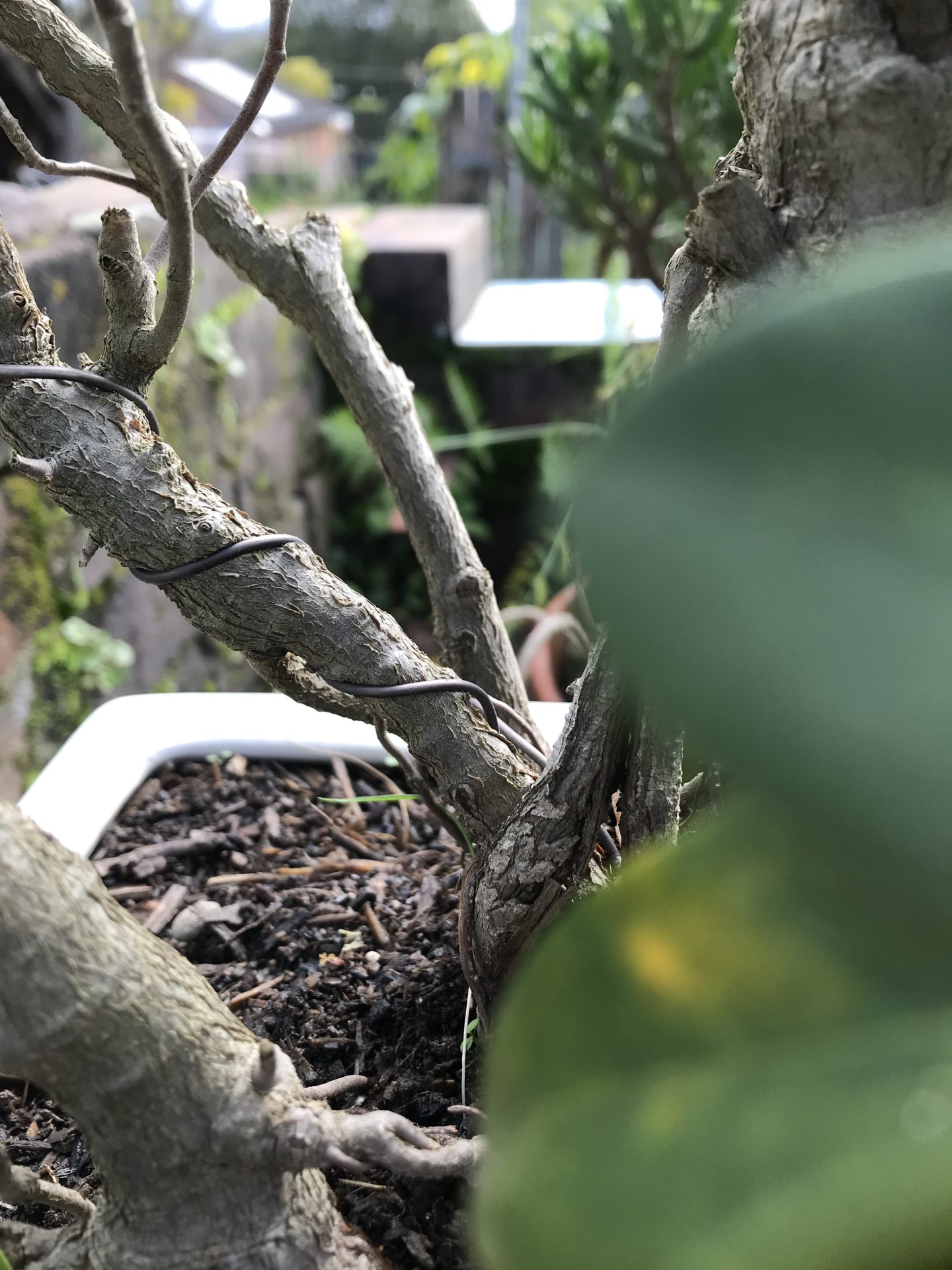
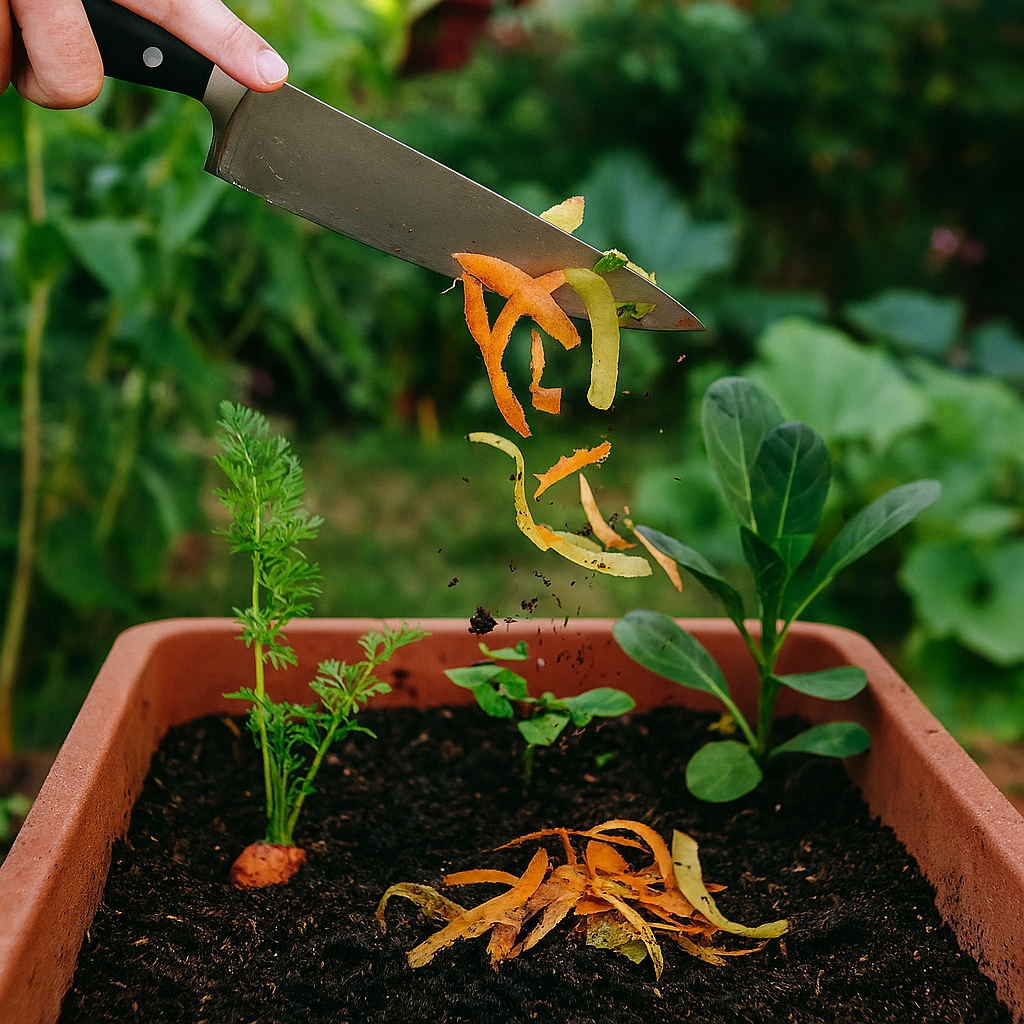
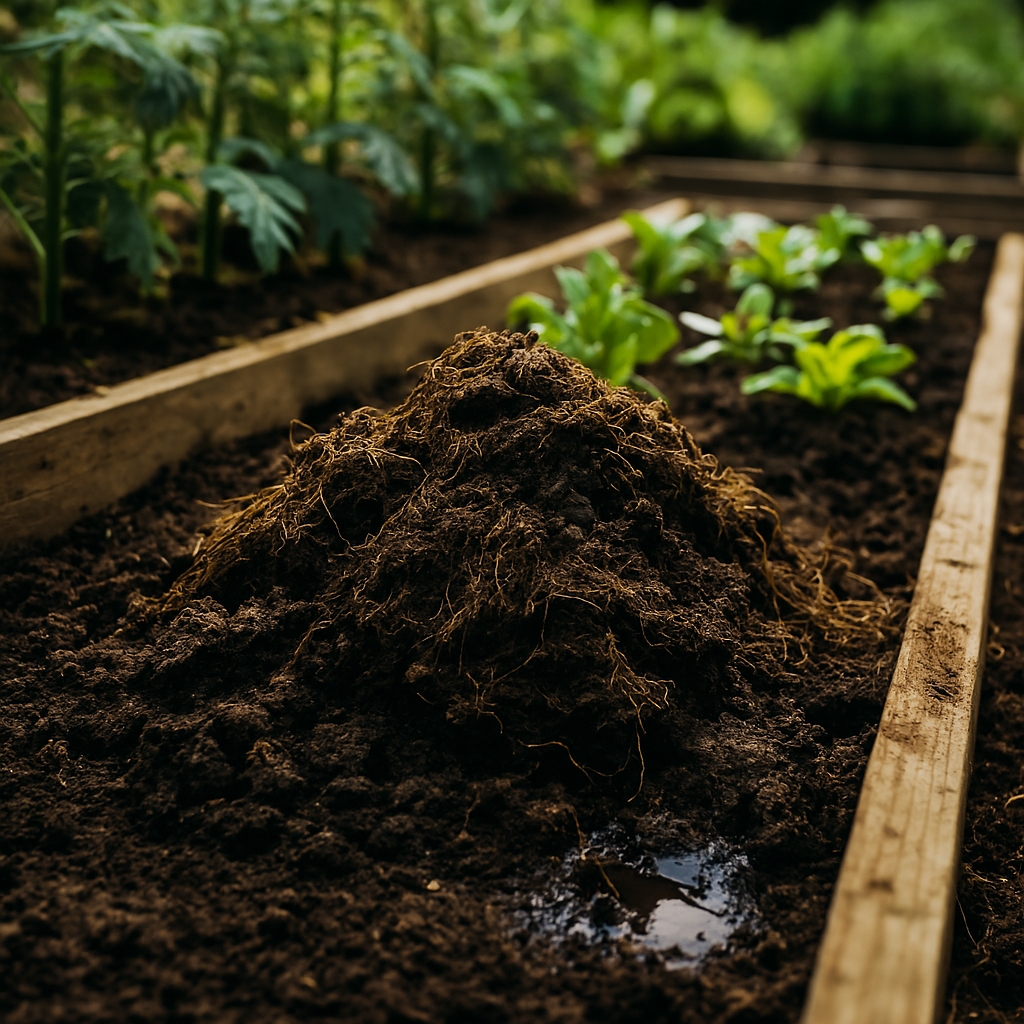
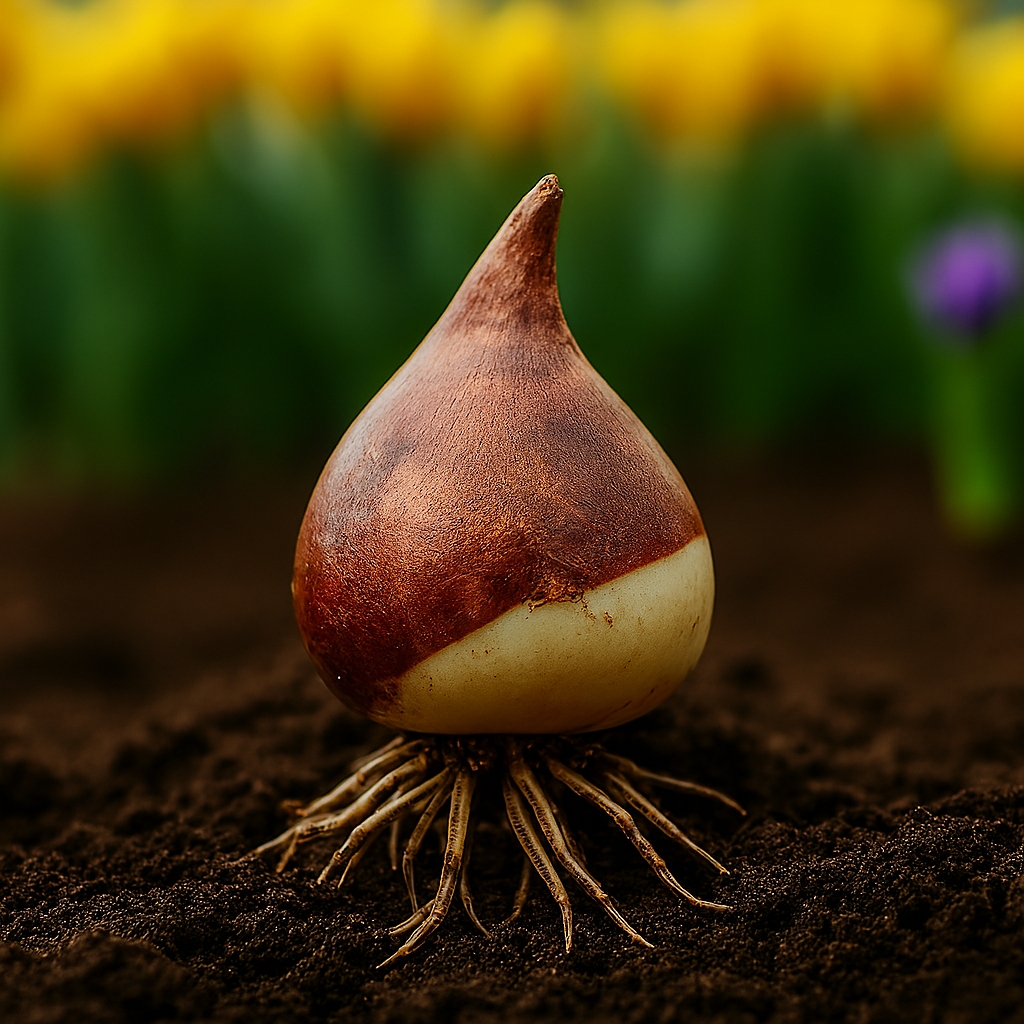
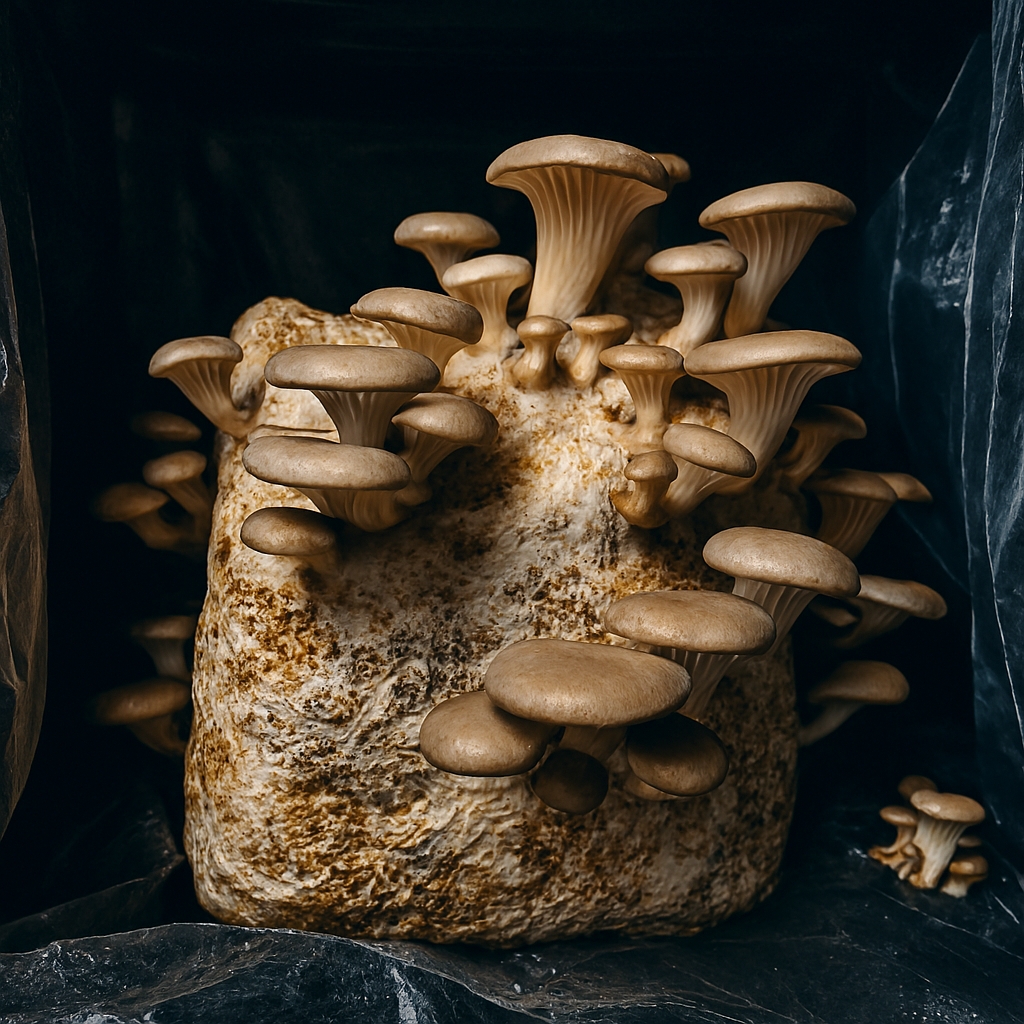
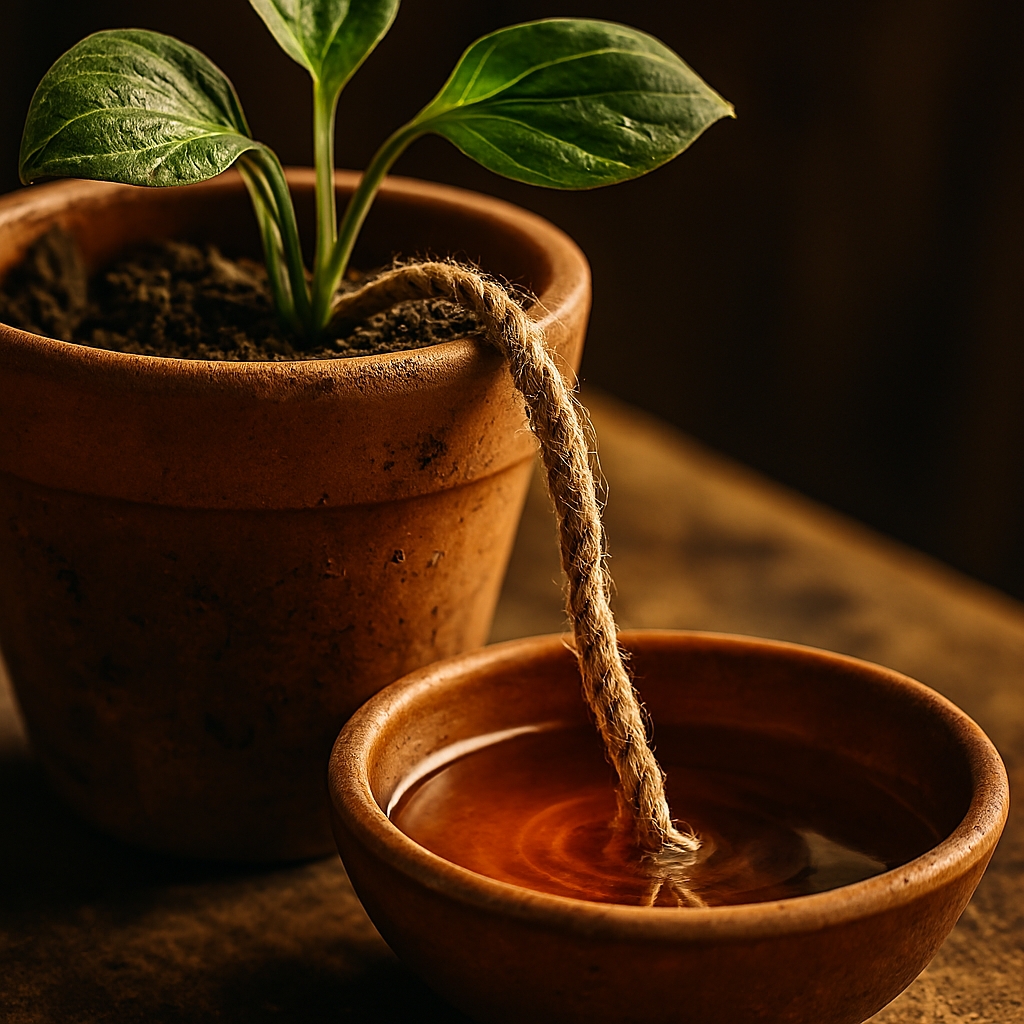
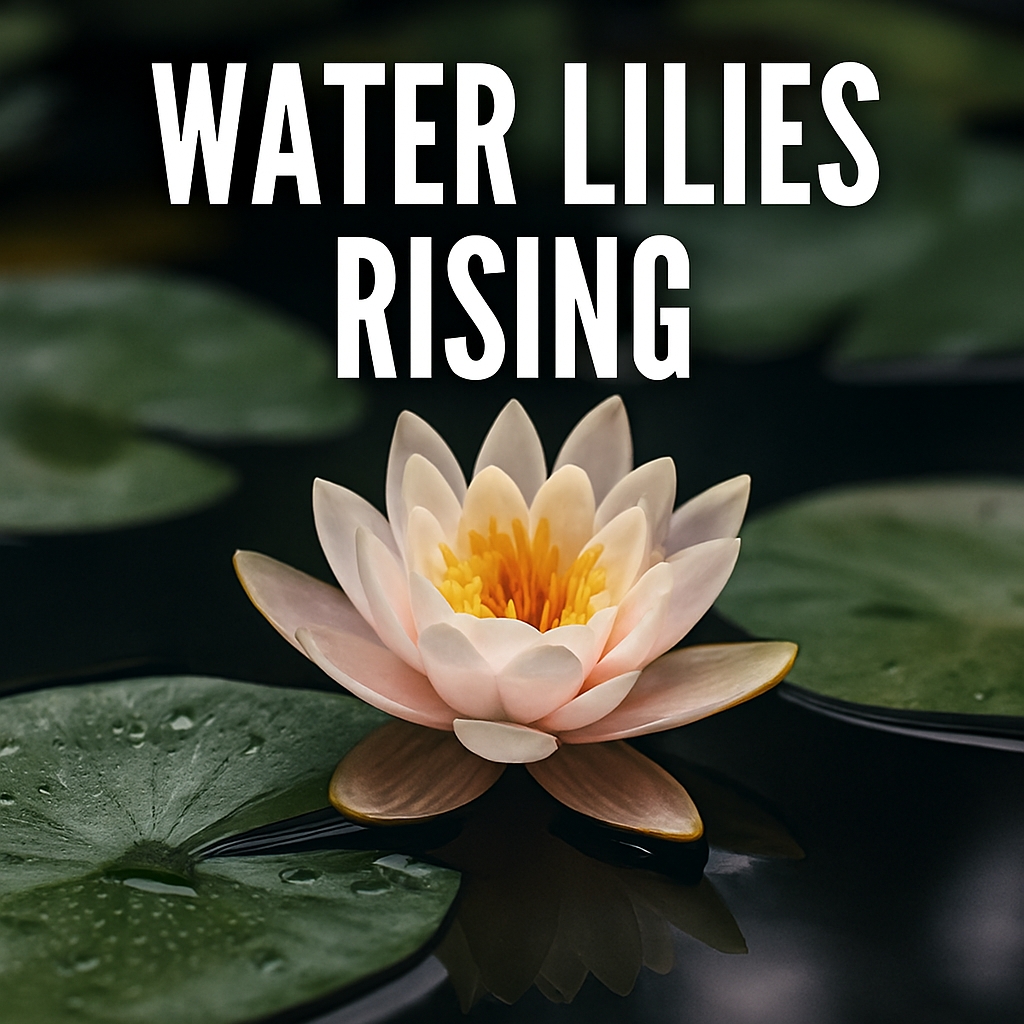
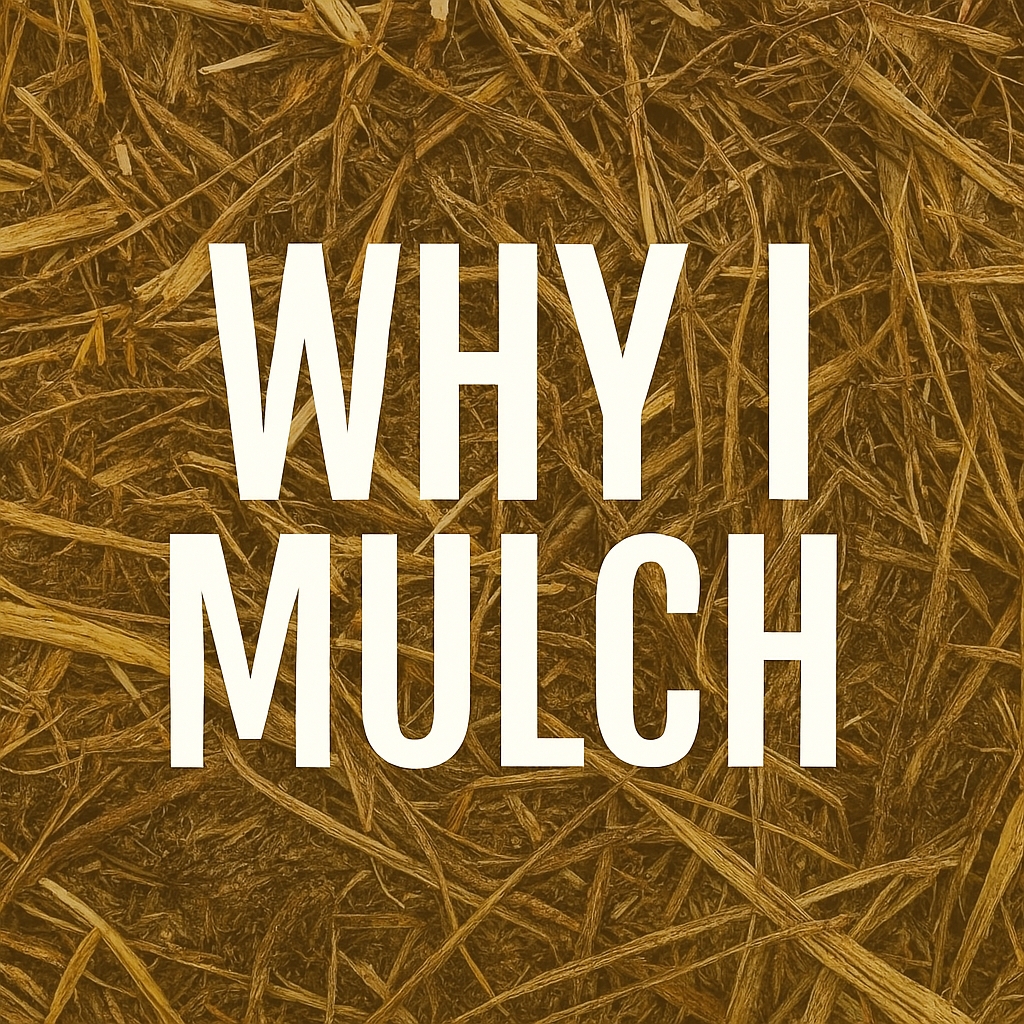

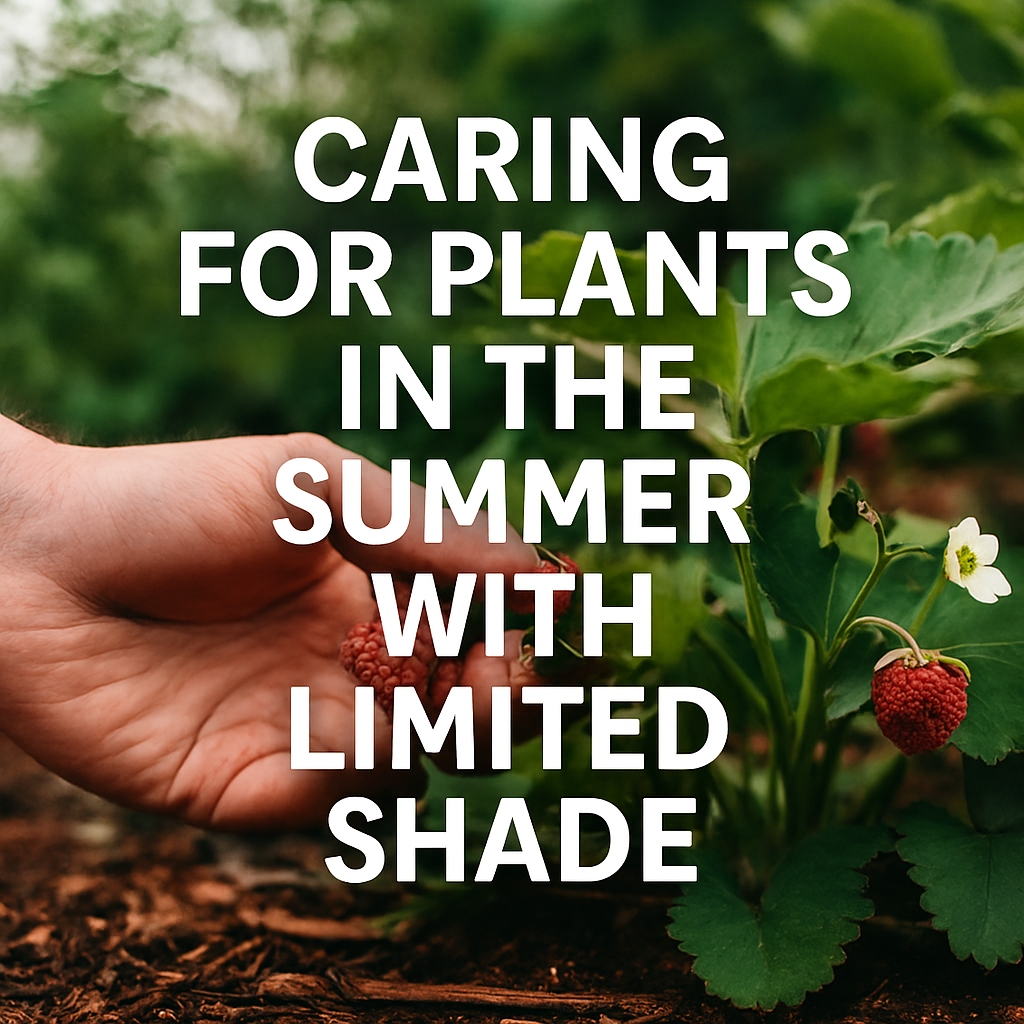
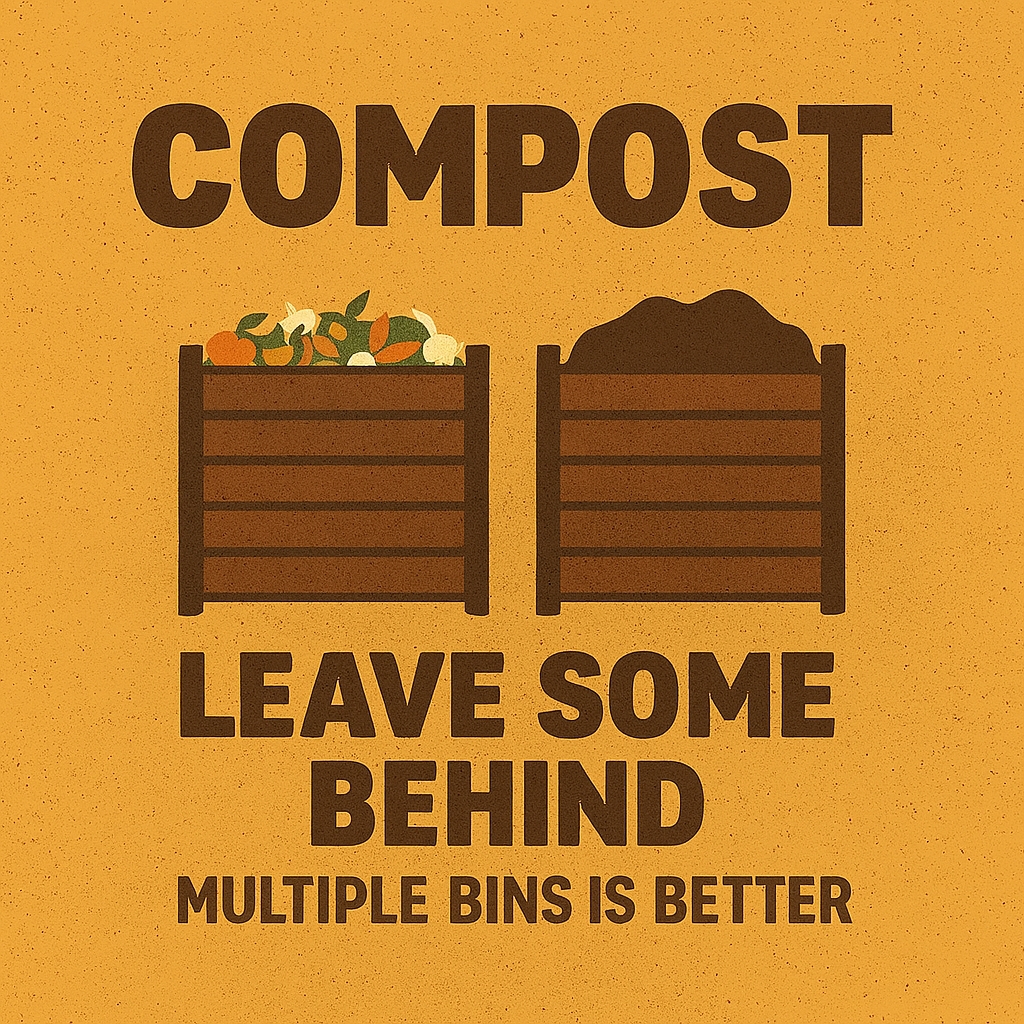



Leave a Reply